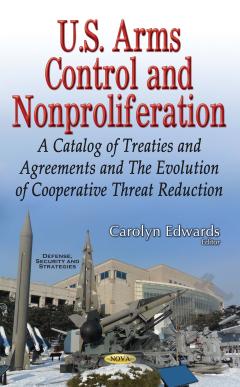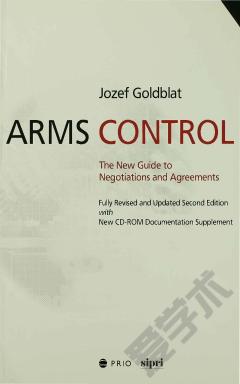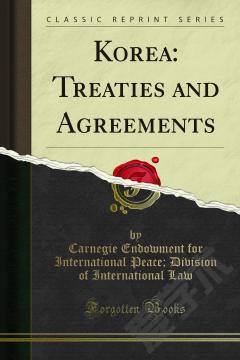Cooperative Arms Control and Nonproliferation: Treaties, Agreements and Control Regimes
Arms control and nonproliferation efforts are two of the tools that have occasionally been used to implement U.S. national security strategy. Although some believe these tools do little to restrain the behavior of U.S. adversaries, while doing too much to restrain U.S. military forces and operations, many other analysts see them as an effective means to promote transparency, case military planning, limit forces, and protect against uncertainty and surprise. Arms control and nonproliferation efforts have produced formal treaties and agreements, informal arrangements, and cooperative threat reduction and monitoring mechanisms. The pace of implementation for many of these agreements slowed during the Clinton Administration, and the Bush Administration usually preferred unilateral or ad hoc measures to formal treaties and agreements to address U.S. security concerns. But the Obama Administration resumed bilateral negotiations with Russia and pledged its support for a number of multilateral arms control and nonproliferation efforts. This book provides an overview of the treaties, agreements and control regimes currently in place and relating to cooperative arms control and nonproliferation.
{{comment.content}}








 京公网安备 11010802027623号
京公网安备 11010802027623号